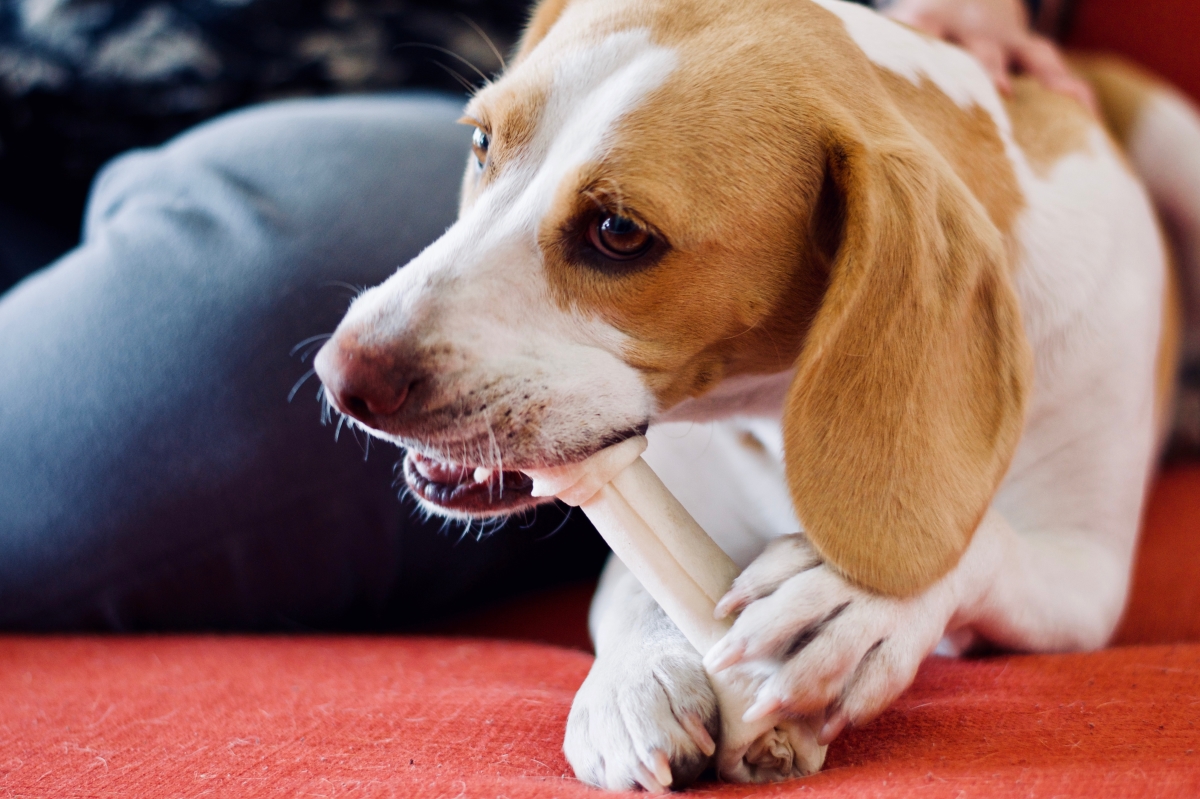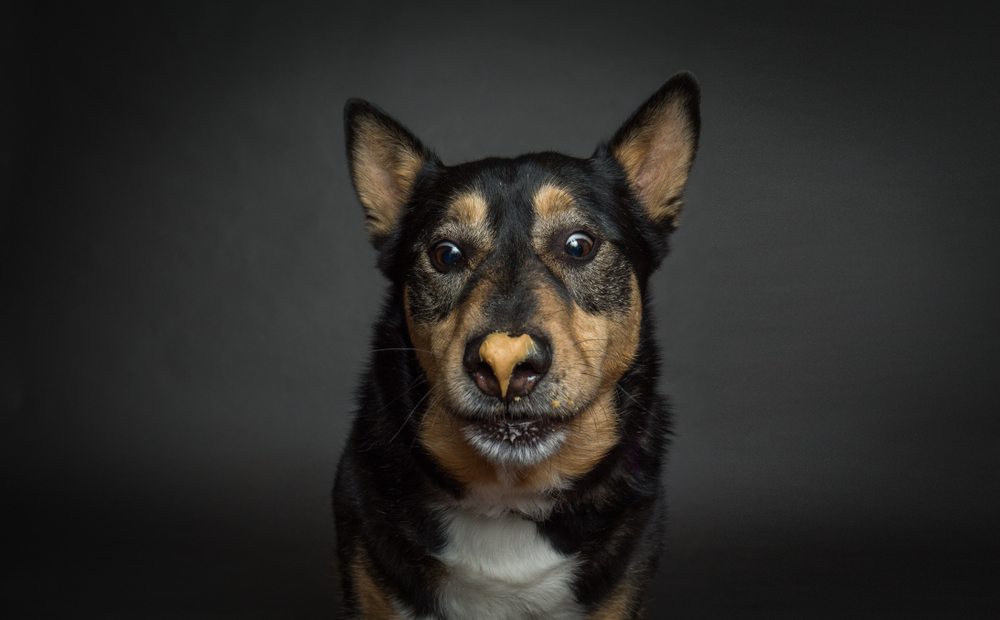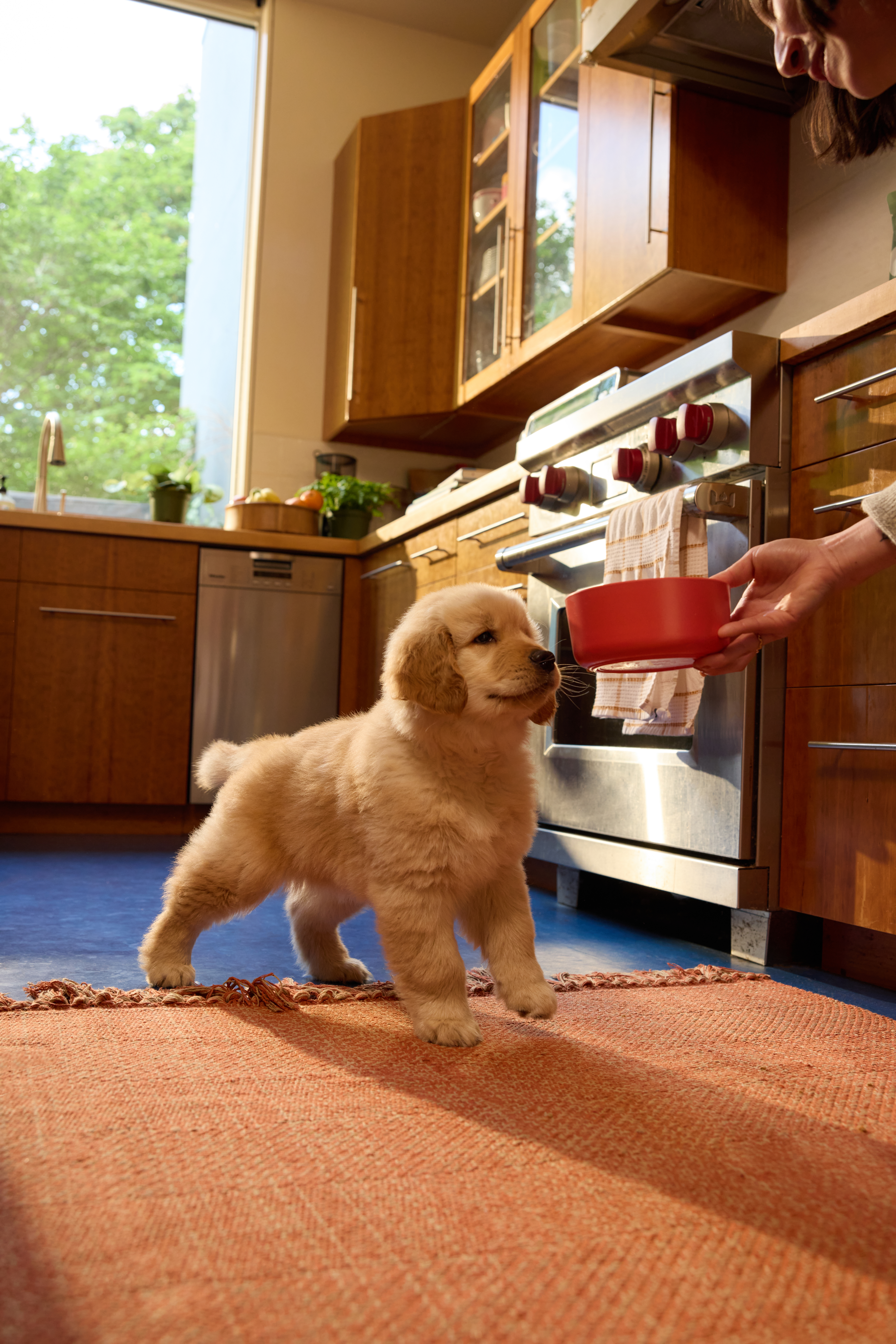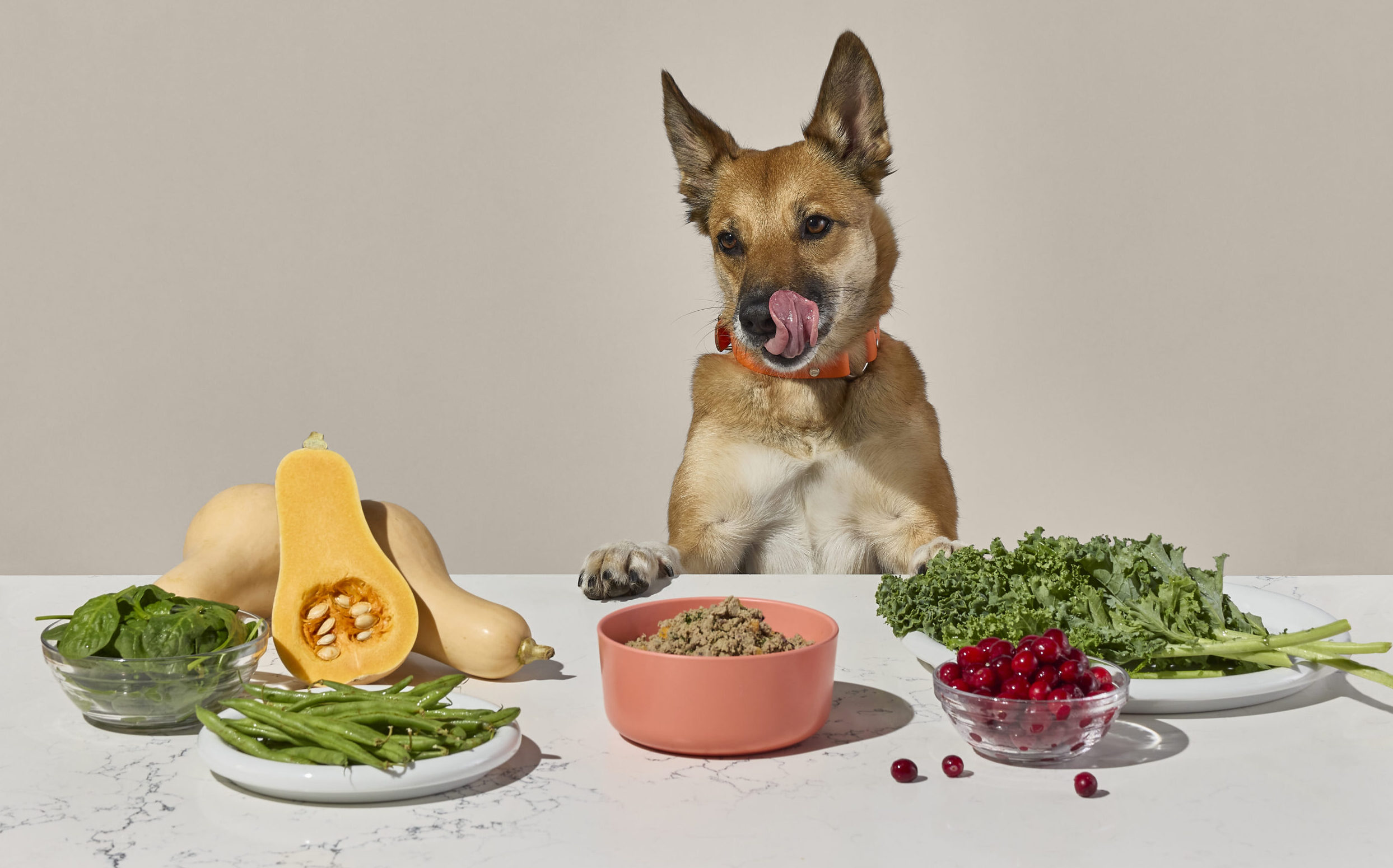Hey Ollie blog readers! We’re offering you an exclusive 60% OFF your starter box! Try now!
Bone meal for dogs is often used as an additive in homemade dog food. But is it a good idea to add ground bones to your pup’s daily diet? This depends on where you source your bone meal, what you use the ground bones for, and how much bone mean goes into your dog’s food. Let’s take a look at what this additive is and how it can be helpful and harmful to your pooch.
What is Bone Meal for Dogs?
Bone meal for dogs is exactly what it sounds like: the bones or hooves of cows or other animals that have been ground up into small particles. There are three types of bone meal typically available:
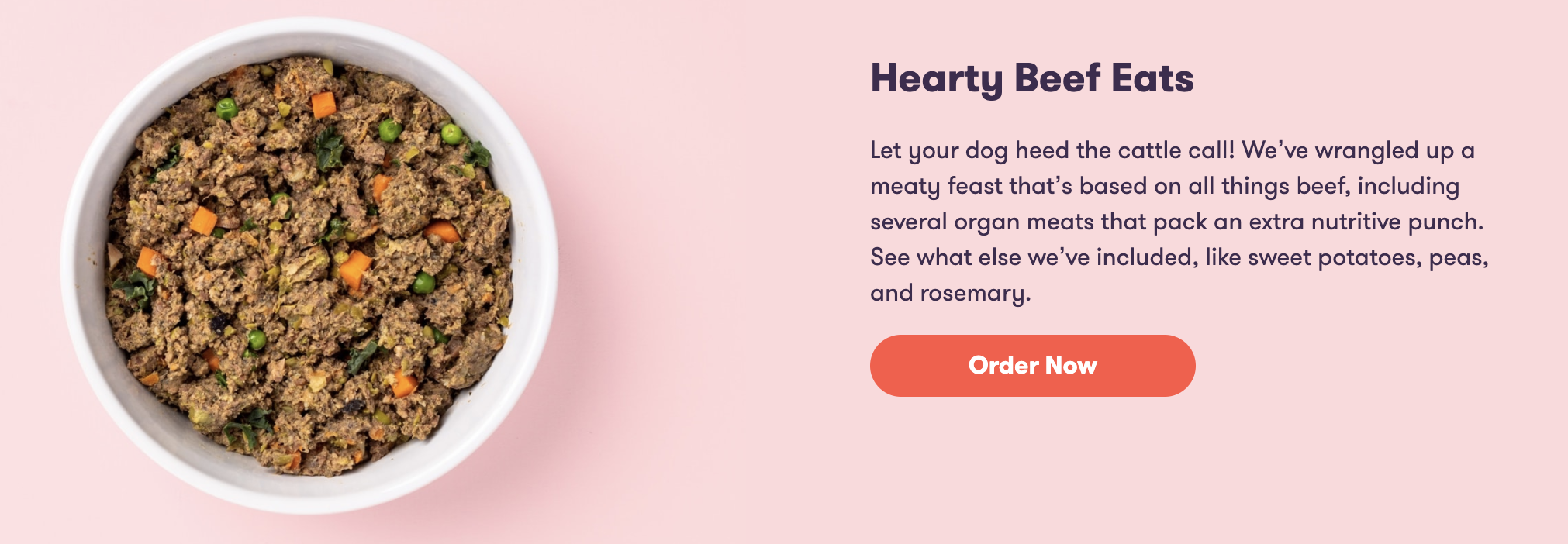
Bone Meal for Gardening:
The bone meal available at home and garden stores should never be mixed into dog food as it’s not safe for animal consumption. This sort of meal resembles white flour in texture and is a form of slow-release phosphorus. However, because manufacturers often add fertilizers and chemical stabilizers to gardener’s bone meal, it can be poisonous for dogs and is listed as “mild to moderately” toxic by the Pet Poison Helpline.
Bone Meal for Dogs:
Now we’re in the safe zone! Bone meal for dogs can easily be purchased from online retailers. Sometimes labeled “bone broth powder,” it is often sold as a supplement and touted as a source of balanced calcium and phosphorous. Sometimes it’s present in manufactured dog food as well. This is more or less safe for dogs, although there are some risks associated with over-supplementing.
Homemade Bone Meal:
Some fans of DIY dog food make their own bone meal at home. This is especially popular among fans of the raw-food based BARF diet. There are serious dangers associated with feeding your dog raw meat (bacteria, for one!), but homemade bone meal is largely safe. Homemade bone meal is made by steaming bones (chicken or beef) until they are pliable, then pulverizing them in a food processor.
Benefits of Bone Meal for Dogs
Animal bone is rich in both calcium and phosphorous, two critical nutrients in any dog’s diet. However, giving your dog full-sized bones to eat rather than to chew can be dangerous. In Natural Dog Care, Bruce Fogle, DVM, MRCVS, writes, “Bones can cause serious internal problems and fracture teeth.” However, he recommends adding sterilized bone meal to homemade dog food.
Calcium is important for dog’s bone health as it helps prevent arthritis and conditions like hip dysplasia. Phosphorus helps in the bone-building process as well, while playing an important role in the synthesizing of carbohydrates, fat, and protein. Grinding up the bones into bone meal will make nutrients more nutritionally available due to the greater surface area that small particles provide.
When feeding your dog, it’s important that the food has a-one-to-one ratio of calcium and phosphorus, which ground-up bones provide.
Risks of Bone Meal for Dogs
Like any sort of food, moderation is key when it comes to ground bones. Eating too much bone meal can cause a blockage in the gastrointestinal tract: the ground bones can build up and create a solid mass that can be difficult to pass, causing constipation that, in the worst cases, could require surgery.
Another danger: if homemade bone meal is not sterilized properly, you risk bacterial contamination, which can be passed from dogs to you. Finally, if the bones are not ground finely enough, the shards can damage a dog’s mouth, throat, or intestines.
At the end of the day, bone meal can be safe and even beneficial, but it’s not necessary for a healthy diet. Ollie’s recipes include supplements like dicalcium phosphate and calcium carbonate in the ideal proportions for your dog’s health, and meet the nutritional levels established by the AAFCO Dog Food Nutrient Profiles for All Life Stages, which means a healthy, happy dog, with zero risks.
Tagged As:

The nutrition your dog needs,
the food they want.

Enjoying our articles? Subscribe our Newsletters and get new articles directly to your inbox
You might also like
21 July 2025
6 MINS READ
Can Dogs Eat Nuts? Which Nuts Are Safe & Serving Guide
Can dogs have nuts? Some nuts are fine in moderation, but others can cause serious harm. This quick guide breaks down which nuts are safe for dogs, which to skip, and how to feed nut butters respon…
18 July 2025
4 MINS READ
New Puppy Diet Recommendations for Healthy, Happy Growth
As a new pup parent, one of the biggest ways you can support your puppy’s long-term health is by providing the right nutrition. A puppy’s dietary needs are different from an adult dog’s, and…
by Ollie Pets
18 July 2025
5 MINS READ
How Human-Grade Dog Food Benefits Your Pup’s Health and Happiness
You’ve likely heard the term “human-grade” dog food, but what does it really mean, and is it worth it? Choosing human-grade food can be a significant investment for your dog’s long-term he…
by Ollie Pets
